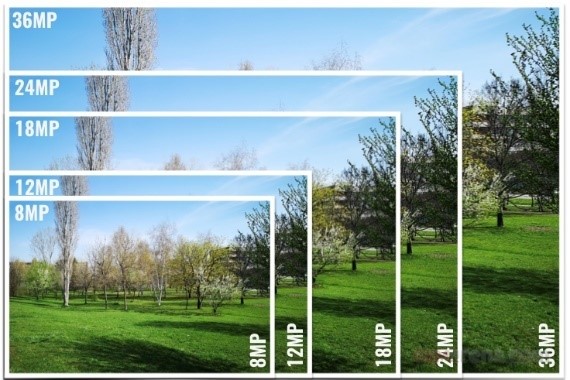

Higher bit depth allows more accuracy and fidelity of captured images, and allows finer adjustments when editing.

BSI is usually found in smaller sensors, such as those in some Nikon and Samsung mirrorless cameras, Sony point-and-shoot cameras and various smartphones, such as newer Apple iPhone and Samsung Galaxy S models.īit depth – The level of gradation used to define a shade of dark or light. APS-C image sensors are used in most consumer-level DSLRs and in many mirrorless cameras.īackside illuminated sensor – Often abbreviated as BI or BSI, it's a type of image sensor designed to absorb more light in dim conditions. The camera automatically adjusts the shutter speed to achieve proper exposure for the selected aperture.ĪPS-C – Advanced Photo System-Classic is an image sensor roughly one-third to one-half the size of a 35mm frame of film, or full-frame image sensor. An aperture of f/32 (also rare) makes essentially everything in a sweeping landscape sharp.Between those extremes are aperture values that produce varying depth of field.Īperture priority – A mode (abbreviated AV) available on nearly all advanced and some point-and-shoot digital cameras that allows the user to set a specified aperture value (in f-stops). An aperture of f1.4 (which only a few lenses can achieve), for example, is a very wide opening that puts very little of the image in focus. Aperture is measured in a unit called f-stops, in which smaller numbers actually represent larger openings.

The smaller the aperture, the fewer of these off-angle light rays enter the lens, allowing more of the image to appear sharp. A large aperture allows in both light rays directed straight at the lens (which produce a sharp image) and those coming in at angles (which appear blurry). Aperture controls depth of field - how much of the image, from foreground to background, appears sharp. This image might help you visualize.Aperture - In photography, an aperture is an adjustable opening in the lens that regulates how much light passes through. For the sake of avoiding confusion, let’s stick with the main sensor sizes.
#Camera frame meaning full
Just because you’re using a full frame or APS C camera doesn’t mean you can’t get different effects with prime lenses and zoom lenses. Focal length changes everything in a picture. APS C Sensor vs Full Frame Best scenarios for full frame and APS Cīy now, you might have caught on that we’ve been referring to the standard issued full frame and APS C formats – but just remember that you can get different effects with different lenses. The only downsides are:ġ) They usually don’t capture photos in as great detail in low-light.Ģ) They struggle to achieve as immersive a bokeh effect.Īnd that’s pretty much it! Hardcore photographers might suggest some other intricate differences, but for the vast majority of users, low-light shortcomings and mediocre bokeh are the only major downsides of APS C. These cameras are built with the same architecture, same designs, and same structure for intended use.

It’s not like a first generation Xbox squaring up against a fifth generation PlayStation. And that point is certainly valid: APS C cameras aren’t inherently inferior than full frame cameras. Nearly every photographer will tell you that it’s not about the size of the sensor, it’s about how you use it. So, whether you’re on a budget or just getting started with photography/videography, an APS C camera is probably the better option.įor a look at the benefits of using APS C cameras, let’s check out this video that argues APS C cameras are better than full frame cameras for 85% of users. First and foremost, nearly all APS C cameras are cheaper than their full frame counterparts. APS C Full Frame Comparisons What are the benefits of APS C sensors?ĪPS C cameras offer a lot of advantages over full frame cameras. So they may perform better in static circumstances, but for capturing images in motion, you may want to consider an ASP C sensor. Full frame cameras tend to be bulkier and less mobile than APS C crop factor sensor cameras. However, these benefits come with downsides too – particularly in regards to the camera’s form factor. The benefits of using a full frame camera include great performance in low-light, an immersive bokeh effect for portrait photography, and unrivaled control over depth of field. The goal of a full frame sensor is to digitally replicate the 35mm film format. Today when we refer to full frame sensors, we’re referring to full frame DSLR cameras.


 0 kommentar(er)
0 kommentar(er)
